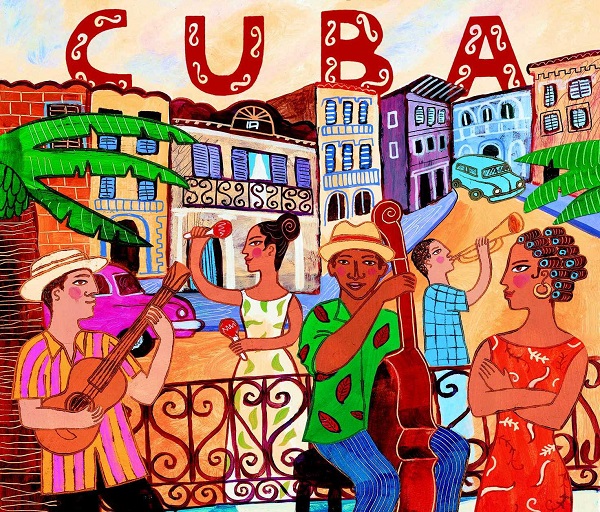11.2.5 National Museum of Music.

The National Music Museum (Prison No. 1 between Habana and Aguiar Streets, Old Havana, Havana City) was founded in 1971 by the Directorate of Museums and Monuments of the National Council of Culture. It was located in an early 20th-century residence. The museum is an institution dedicated to the historical development of Cuban music. It was created with the firm purpose of recovering the musical assets of the national heritage, which until then had been scattered. However, the history of Cuban and world music is the main reason for its creation.
Since its founding, the Museum of Music (Prison No. 1 between Habana and Aguiar Streets, Old Havana, Havana City) has been dedicated to preserving, researching, and disseminating representative testimonies of Cuba’s musical heritage.
The National Museum of Music (Prison No. 1 between Habana and Aguiar Streets, Old Havana, Havana City) is made up of ten exhibition halls, five permanent halls and five temporary halls.
The permanent exhibition halls cover the following topics: Mechanical Instruments; Afro-Cuban Instruments; Cuban Instrumental Ensembles; Organology (families of folk instruments from various parts of the world); Ambience (unique pieces of great artistic value that belonged to the musician Hubert de Blanck).
Among the museum’s most important goals and activities are the recovery of musical cultural assets, their recording, editing, and photography, and research on Cuban musicians and composers. It also promotes the education and dissemination of Cuban music through courses, seminars, talks, conferences, and guided tours.
The National Music Museum (Prison No. 1 between Habana and Aguiar Streets, Old Havana, Havana City) exhibits a wide collection of folk musical instruments, rare instruments, and valuable scores of fundamental pieces of Cuban music, including the libretto of the opera “El Náufrago” by Eduardo Sánchez de Fuentes; and original scores by outstanding Cuban composers such as Gonzalo Roig, Alejandro García Caturla, and Amadeo Roldán. It also displays musical machines, works of art, music boxes, old phonographs, and metal and vinyl records.
This wealth of specimens in the museum offers a wealth of information on the transformations and developments that Cuban music, as well as its musical instruments, have undergone throughout its history.








